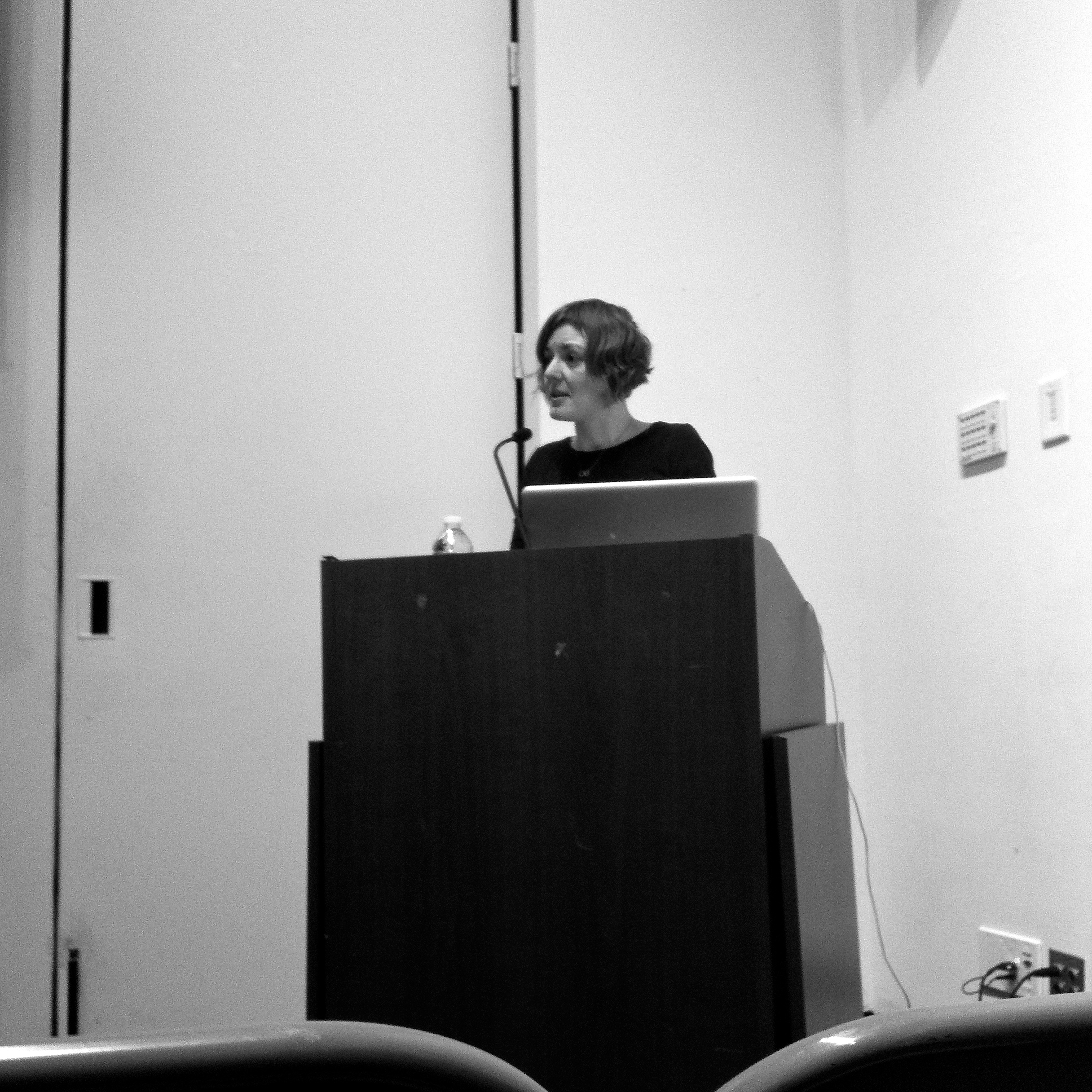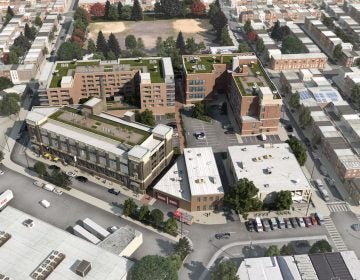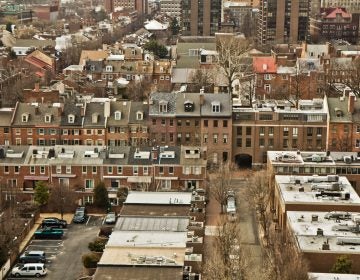Pro-demolition preservationists? Cara Bertron explores rightsizing and preservation


Preservationists should fight for demolition. Yes, you read that right.
“Our job as preservationists is to argue for rightsizing,” Cara Bertron contended before a crowd of preservationists at University of the Arts Wednesday evening.
That means getting behind targeted demolition in some areas, helping build on the best resources of older neighborhoods, and forging some unconventional partnerships.
In cities that, like Philadelphia, were built for far more people than they currently house, rightsizing is an approach to tailoring a city’s built environment to meet the complex needs of current and anticipated populations. If preservationists don’t get on the rightsizing bandwagon, Bertron argues, that we’ll more apt to see more sections of old cities eviscerated with little regard for preservation concerns. Consider that a prod, preservationists: It’s time to make some hard decisions and engage.
Cara Bertron, director of PlaceEconomics’ Rightsizing Cities Initiative and co-founder of the Preservation Rightsizing Network, was back in Philadelphia* as part of Gray Area’s Preservation Provocateurs speaker series, which aims to air out fresh ideas in historic preservation.
Philadelphia doesn’t have a rightsizing strategy, but it might be worth considering. If it’s done well, Bertron said, rightsizing is about making recovering cities physically smaller while building stronger neighborhoods through asset-based redevelopment and meaningful community involvement. It’s also about being strategic about investing scarce public dollars. Worst case scenario, Bertron acknowledged, it’s “urban renewal 2.0.”
Preservationists like to think they’re expert at “managing change.” Bertron argues it’s time to put those tools to work in new ways, engaging in community conversations and working with public agencies to help make critical decisions about the fate of historic neighborhoods. In turn, Bertron believes, preservationists may be better able to save aging but valuable assets in legacy cities.
Being pro-rightsizing forces preservationists into the uncomfortable spot of ranking resources, measuring what might make some neighborhoods healthier than others, and being willing to say “Save this, raze that.” By endorsing targetted, strategic demolition, preservationists may gain credibility and be heard when it comes to protecting resources elsewhere.
Rightsizing means a willingness to use tools like demolition, but also arguing for redevelopment and “mothballing” good old buildings in hope of a brighter day. And that, Bertron argues, is a way to get at preservation-minded work through the back door. These are days to be flexible and try new things, otherwise preservation as we know it may be fading into obsolescence.
In essence Bertron argues that it’s time to shed the baggage of old school preservation practice and get real: Legacy cities like Philadelphia have thriving historic districts, neighborhoods around Center City are growing, but whole swaths of this old city are slumping into a long, slow decline. Older neighborhoods can have great bones, so it’s time to figure out which ones are more apt to keep and add residents and businesses and direct reinvestment dollars there. Through her work Bertron has helped develop a tool that considers 77 different variables to measure the health and potential of neighborhoods.
To inform these decisions, she argues, preservationists need to help speed-survey the city, collect a lot of data about overall neighborhood health and potential, and facilitate community conversations. Armed with good information, preservationists can then make arguments about saving the best buildings, mothballing others, thoughtfully weeding out the unsalvagable, and putting vacant sites to new uses.
When I asked where Bertron would suggest Philadelphia preservationists direct their attention she had three answers: work with the new land bank, engage with the district planning processes, and pay closer attention to investment decisions.
First, and among the most pressing opportunities, is “figuring out how the new land bank can be a tool for preservation,” she said. If preservationists aren’t partners in the Philadelphia Land Bank, expect incompatible development, insensitive land assembly strategies, and a lot of demolition ahead in old neighborhoods.
She also recognizes that the district plans being completed as part of the city’s comprehensive planning process are important chances to be strategic about neighborhood growth and even intentional shrink. These plans are occasions to identify assets worth building on, like commercial corridors in need of reinvestment and strong blocks where vacant houses are redeemable. District plans will also influence zoning remapping. If historic resources that ought to be protected – even if they’re not formally designated – are upzoned, don’t expect them to last very long.
District planning may reveal that some neighborhoods are still hemorrhaging residents and being swallowed up by blight. If that’s the case then maybe it’s time to start reconsidering public investment. Talk about tough talk. The problem with this approach, Penn preservation professor Aaron Wunsch pointed out from the audience, is being able to accurately predict the future. Why raze now what will be a neighborhood reborn in 20 years? How can we know for sure?
Lastly, Bertron encouraged preservationists to figure out where public and private investments are being made and see if there are ways to coordinate resources in targeted areas that together can stabilize and strengthen neighborhoods.
In all Bertron argued that it’s time for preservationists in Philly and other legacy cities to enter into planning conversations with eyes wide open, real talk, and help make really hard choices. Because without that, preservation concerns might not be heard at all.
* Disclosure: Bertron and I both went to PennDesign’s Graduate Program in Historic Preservation, and we have worked together on an alumni project.
WHYY is your source for fact-based, in-depth journalism and information. As a nonprofit organization, we rely on financial support from readers like you. Please give today.








